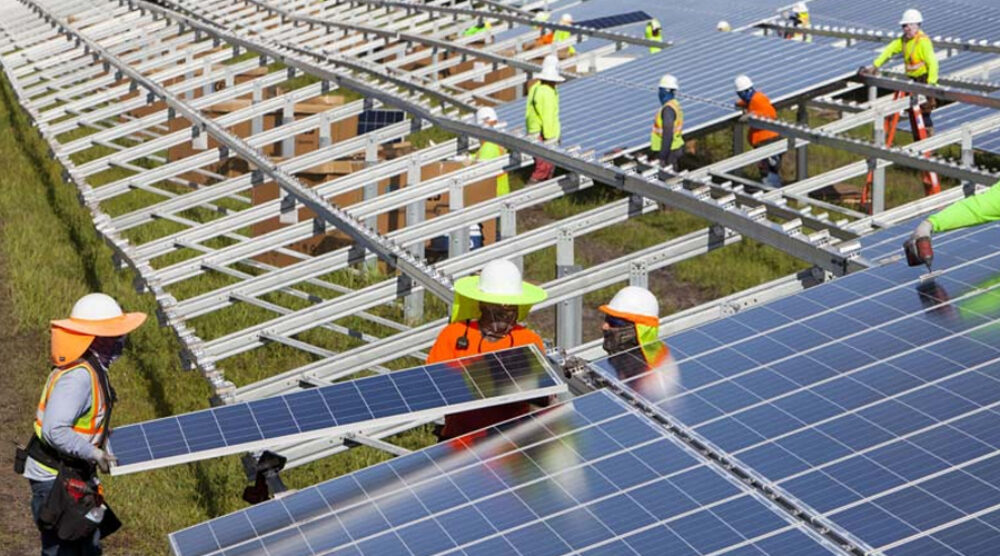Green bonds (GBs) are an important financial tool used to raise capital for low-carbon projects that benefit the environment. The first green bond was issued by the World Bank and the Swedish bank SEB in 2008, and its global market has expanded from $11 and $36 billion in 2013 and 2014 to nearly $167 billion in 2018. Despite the rapid growth, expansion of green bond markets as an appropriate way to lower environmental pollution is one of the most debatable issues among scholars. However, the expansion of this market is not a simple matter and depends on several factors, particularly in the low oil price era. Coupled with declining global energy demand caused by the impact of COVID-19, there are more challenges ahead for green financing and investment in future renewable energy projects.
Associate Professor Tapan Sarker from the Department of Business Strategy and Innovation joined colleagues, Chuc Anh Tu and Ehsan Rasoulinezhad to conduct a study to carry out a multi-dimensional analysis using the analytic hierarchy process (AHP) method to find and prioritise factors influencing the development of green bond markets.
As a case, they focused their analysis on Vietnam, as a country that has been trying to expand the green bond market as an effective investment channel to finance low-carbon projects for the past few years. The issue of green bond market expansion for Vietnam is necessary owing to the fossil-fuel intensive nature of the economy of this country and its high potential abundant sources of green energy resources.
The main findings revealed that legal infrastructure, the official interest rate of green bonds, and economic stability are the most important factors directly affecting green bond market expansion.
Despite several issued policies related to the green bond market in Vietnam, such as National Power Development Plan (2011), Vietnam Renewable Energy Development Strategy 2050 (2016), and Revised National Power Development Plan 7 (2016), the market needs more relevant regulations to support local and foreign private sectors who can play a big role in developing the green bond market in this country.
Therefore, economic and legal requirements should be addressed by policy makers. As major policy implications, the authors recommend an affordable price of green bonds and improvement of economic and financial stability to accelerate the development of green bond markets.
Green bond market integrity, enhancing green infrastructure, and improving risk–return profiles are vital green bond expansion policies in emerging nations such as Vietnam.
Please click here to access the full paper “Factors influencing the green bond market expansion: Evidence from a multi-dimensional analysis” published in the Special Issue “Challenges and solutions of green finance in the low oil price era”, written by Chuc Anh Tu, Tapan Sarker and Ehsan Rasoulinezhad.



